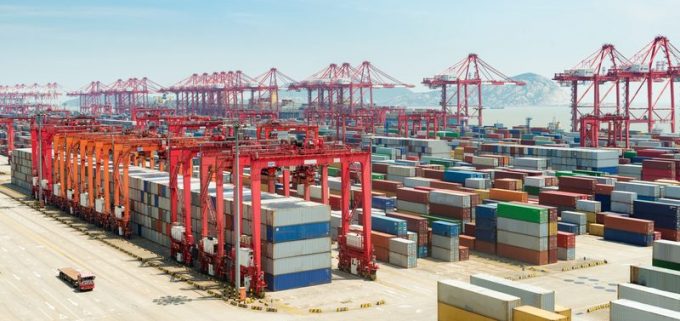Pre-tariff rush of goods from US to China sees air rates soar, but not for long
Beijing’s decision to impose higher tariffs on US goods has led to a rush of ...

Container shipping spot freight rates on the Asia-North Europe trade declined 2.7% this week – a further sign the recent exponential growth has levelled off.
Today’s Shanghai Containerised Freight Index (SCFI) Shanghai-North Europe leg was $4,276 per teu, down $117 per teu from last week, as carriers began to release more equipment to customers in China.
Christoph Baumeister, senior trade manager Asia/ISC-Europe at Flexport, said the rates decline was mainly driven by prepaid contracts and that carriers were accepting more bookings “in ...
Asia-USEC shippers to lose 42% capacity in a surge of blanked sailings
USTR fees will lead to 'complete destabilisation' of container shipping alliances
New USTR port fees threaten shipping and global supply chains, says Cosco
Outlook for container shipping 'more uncertain now than at the onset of Covid'
Transpac container service closures mount
DHL Express suspends non-de minimis B2C parcels to US consumers
Zim ordered to pay Samsung $3.7m for 'wrongful' D&D charges
Flexport lawsuit an 'undifferentiated mass of gibberish', claims Freightmate

Comment on this article